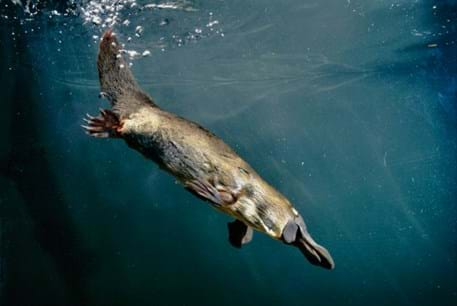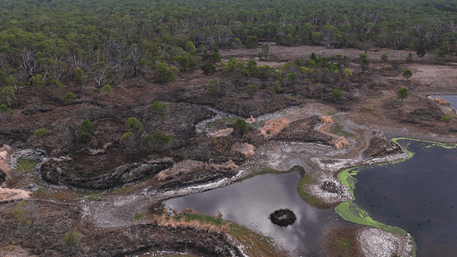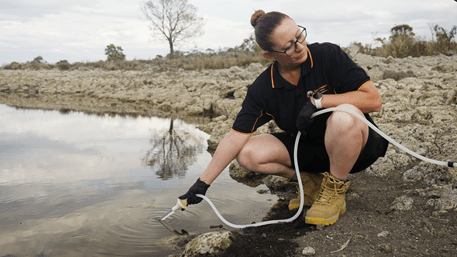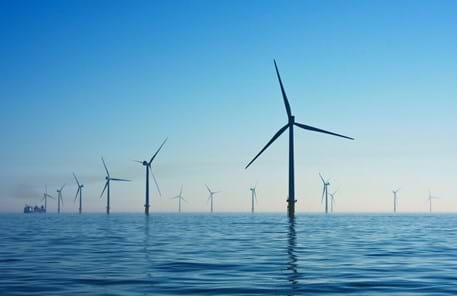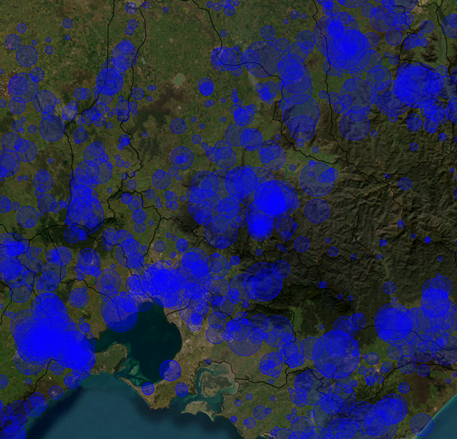A new $1.2 million program is launching in South-East Queensland to monitor native freshwater species. Led by Resilient Rivers SEQ, and delivered by Wildlife Preservation Society of Queensland, EnviroDNA is proudly working on this project funded as part of the SEQ City Deal.
Achieve greater transparency and confidence when using eDNA for threatened species assessments. Powered by our Threatened Species Matrix, this tool helps you navigate complexity with clarity, giving you smarter, more reliable outcomes for every project.
We are delighted to have partnered with Indigital for the second season of the Caring for Country initiative, which is dedicated to engaging with communities through two-way learning experiences that build trust, relationships, and skills towards a collective vision.
Centred around the World Heritage-listed Budj Bim Cultural Landscape, this project led by Gunditj Mirring Traditional Owners Aboriginal Corporation combines Traditional Owner knowledge with eDNA technology to restore ecosystems, protect culturally significant species, and guide future conservation.
A national initiative is combining environmental DNA (eDNA) technology with over 60,000 years of Traditional Owner knowledge to care for biodiversity, strengthen ecosystems, and create job opportunities. Covered by AAP, SBS, NITV, ABC Radio & Australian Museum.
EnviroDNA has been selected as the Protection Technology winner in the Offshore Wind Net Positive Challenge by Ocean Impact Organisation and Southerly Ten. This challenge identifies solutions that support Australia’s emerging offshore wind industry to have a positive impact on the ocean, biodiversity, and climate.
EnviroDNA is committed to making environmental DNA (eDNA) science more accessible, impactful and easier to use. We’re excited to unveil our new website with updated eDNA monitoring solutions. These are designed to simplify how users explore and engage with eDNA.
EnviroDNA has appointed James (Jim) Stuart as CEO following an extensive recruitment process. Jim brings over 25 years’ experience leading technology companies covering software and hardware product innovation, corporate strategy development, business transformation and operational excellence.
The groundbreaking Great Australian Wildlife Search initiative powered by eDNA technology uncovers the unique story of life inhabiting Australia's largest and most complex river system, the Murray-Darling Basin.
A shift towards nature accountability and transparency is a necessary step for a nature-positive future. Explore how eDNA offers a powerful solution for understanding biodiversity impacts at site or landscape level.
We’re excited to announce our webinar: Monitoring terrestrial ecosystems using eDNA. Join us for an introduction of the broad applications of applying eDNA in these environments along with case study examples and Q&A.
We are looking for a business development leader who will excel at building new sales pipelines and market opportunities for an innovative technology.

